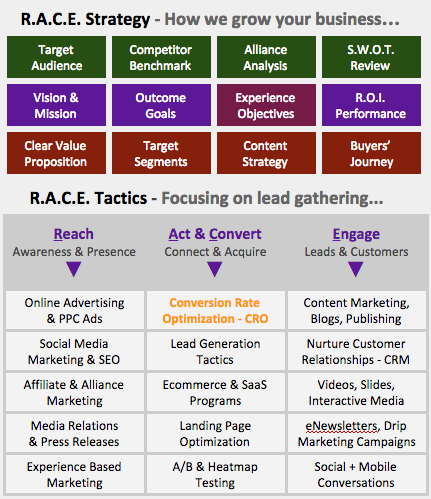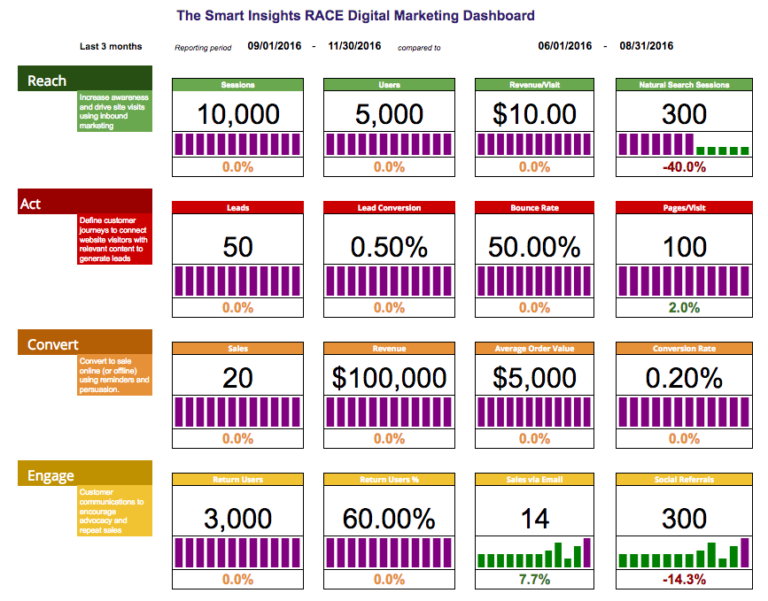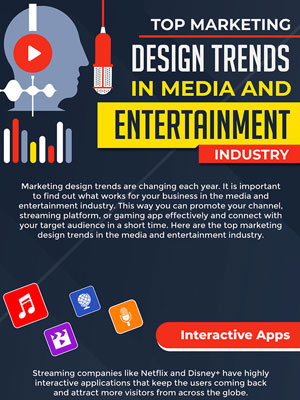Why Visitors Drop Off At Each Stage Of The Digital Marketing Process In The RACE Strategy?
In the practical world, there is no silver bullet or iron cladded marketing plan or framework that can be applied to every organization. However every business is looking for opportunities to convert their prospects into leads and eventually into sales. The final conversion is effective after a series of lead nurturing strategies. That’s where RACE framework comes into play. When a structured framework is available, a marketer is able to understand and track the stages at which prospects or interested visitors drop off.
What Is RACE Framework?
Reach > Act > Convert > Engage
“We created the RACE Planning system to help give a simple framework to help small and large businesses alike take best advantage of the opportunities available from digital marketing. There are so many tools and tactics available that it’s difficult to know where to start.”
– Dave Chaffey, Smart Insights
Digital platforms are dynamic that are new to mass audience and evolving fast. In today’s world marketers need a plan of action with clear direction and strategy. In order to get the best out of digital and social media a practical plan has to be created and refined. The RACE strategy offers a digital marketing planning framework includes a set of objectives that need to be practiced across all types of businesses.
- Nurture leads and convert them into sales
- Build a business
- Reach audiences most likely to convert
- Generate more leads
- Conversion Rate Optimized (CRO) landing pages that work to convert
Here’s a practical illustration of how the RACE strategy can drill down to actionable strategies for lead generation.

Image Source
Step 1 – REACH:
This means you must think of ways to increase the visibility of your business across throughout all digital channels and physical platforms, and this is not just limited to the website but your branded social media channels as well, your own email list and printed media. At this stage, the marketer starts with the planning around customer insights and needs. A major chunk of visitors drop off at this stage but a smarter strategy for outreach can minimize that number. Of course, this requires going niche and segmenting your prospects and then catering to their needs separately.
Step 2 – ACT:
It is the step where you must pay close attention to how visitors to your website or social channels take the next step in the journey. It could be viewing your company description, checking out your “about us” page, subscribing to your email list or simply by going through your landing pages.
It’s important to think how the customer will take the next step into your marketing process and not bounce back. This can be achieved by presenting a compelling content, making your website responsive to mobile users and by making sure you have clear navigation and calls to action throughout your web pages. Bounce rates are typically higher than 50% on websites and a lot of time should be spent in trying to get below and maintain this rate.
Step 3 – CONVERT:
It is arguably the most important step in the process and that is to ensure your prospects convert into a lead or into a customer. It involves getting your audience to take that vital next step which turns them into paying customers. The point is the conversion should generate commercial value for your business. At this stage, the drop-off rate also occurs because the leads are in the process of reconsidering the budget and might reexamine your offer later on.
Step 4 – ENGAGE
The metrics to understand engagement is through the number of returning customers/visitors. This is a long-term process and requires you to build upon the customer relationship. Keeping your customer engaged with social media, newsletters and paid advertising is a key component to driving repeat business, brand advocacy and customer endorsements and recommendations. But let’s face it, some people might still leave you for good, perhaps because they found a better offer or simply changed their mind. Again you will face a drop-off. But all is not lost. With the appropriate to measure drop-offs, you can re-strategize to reduce the trickle down effect.

Measuring Performance Of RACE Digital Marketing
Just like in any other framework for marketing, it all boils down to the execution of the plan. Apart from analytics, many businesses are using Google sheets for reporting and recording of data to measure and gauge its effectiveness. RACE strategy takes it one step further by merging the two. If you have a monthly or quarterly reporting system, this RACE analytics dashboard will allow you to keep a track of marketing performance. Hence you can create a comparison across a customer’s life cycle, or through a marketing funnel or simply on yearly basis.

Image Source
Conclusion
By implementing this customized framework, you get an opportunity to expand your business and deliver your own “road map” after some customizations of your own. In some cases, R.A.C.E. model of planning can be adopted and used to craft some individualized client plans. So will you adopt the RACE strategy for your business?
Embed this Infographic on your site using the html below:


